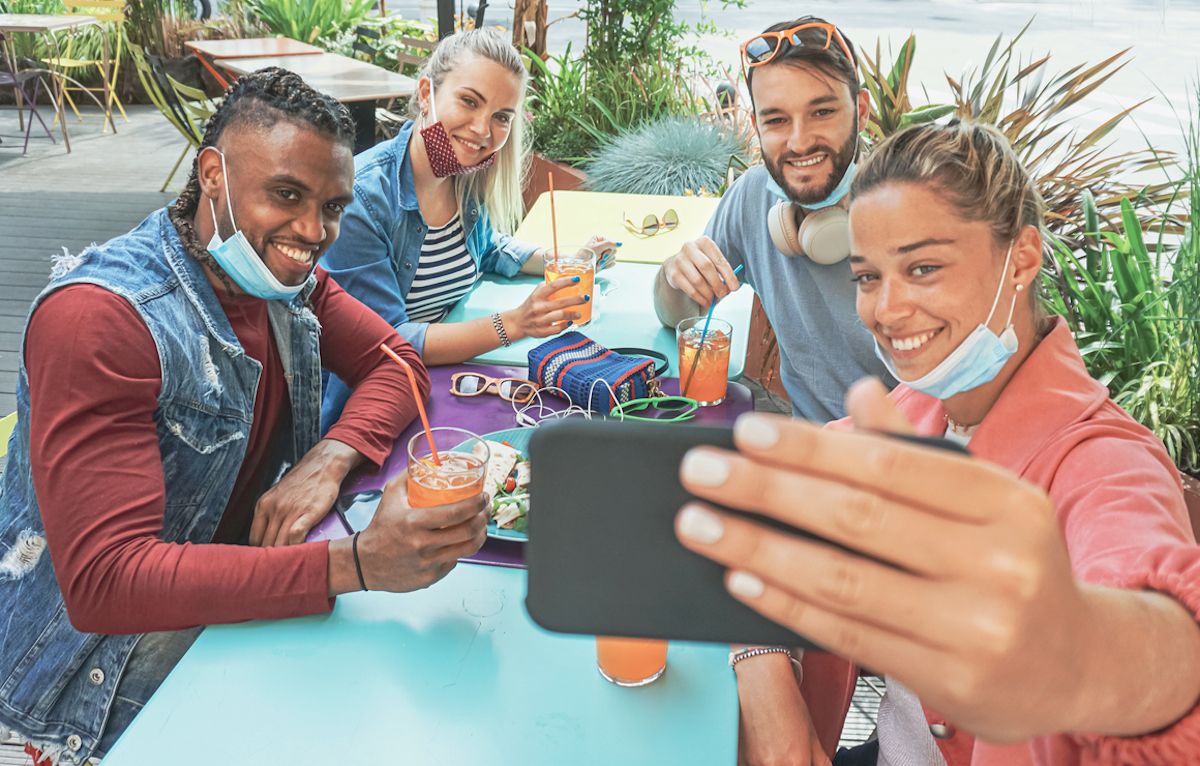So if you are curious if it’s safe to go grocery shopping, send your kids back to school, or attend a concert, now you can know the specific risk in your community, by gathering size.ae0fcc31ae342fd3a1346ebb1f342fcb The online calculator relies on a number of publicly available datasets, including reported COVID-19 cases from state health departments, then forecasts the number of cases currently circulating in your area. And it is remarkably simple to use. You only need to choose the size of the gathering you are considering attending, then hover over the county you live in (or where the gathering is occurring). You then can see the likelihood of someone in the group having COVID-19. In many counties, there is a 100 percent risk for groups of 100 or more, and there are a handful of counties where no data is available. Joshua S. Weitz, professor in the School of Biological Sciences at Georgia Tech, created the tool in hopes it would help people assess their risk as businesses reopen and as cases spike in certain parts of the country, including Georgia. “The issue of understanding risks associated with gatherings is even more relevant as many kinds of businesses, including sports and universities, are considering how to re-open safely,” he said in a statement. The calculator, he explained, “takes the number of cases reported in the past 14 days in each county, and multiplies these by an under-testing factor to estimate the number of circulating cases in a particular county.” RELATED: For more up-to-date information, sign up for our daily newsletter. Assuming counties are under-testing is a key part of Weitz’s COVID calculator. “Precisely because of under-testing and the risk of exposure and infection, these risk calculations provide further support for the ongoing need for social distancing and protective measures,” the dashboard’s website states. “Such precautions are still needed even in small events, given the large number of circulating cases.” And for more on the COVID symptoms to be aware of, check out 23 Shocking Signs of COVID-19 You Didn’t Know About.
